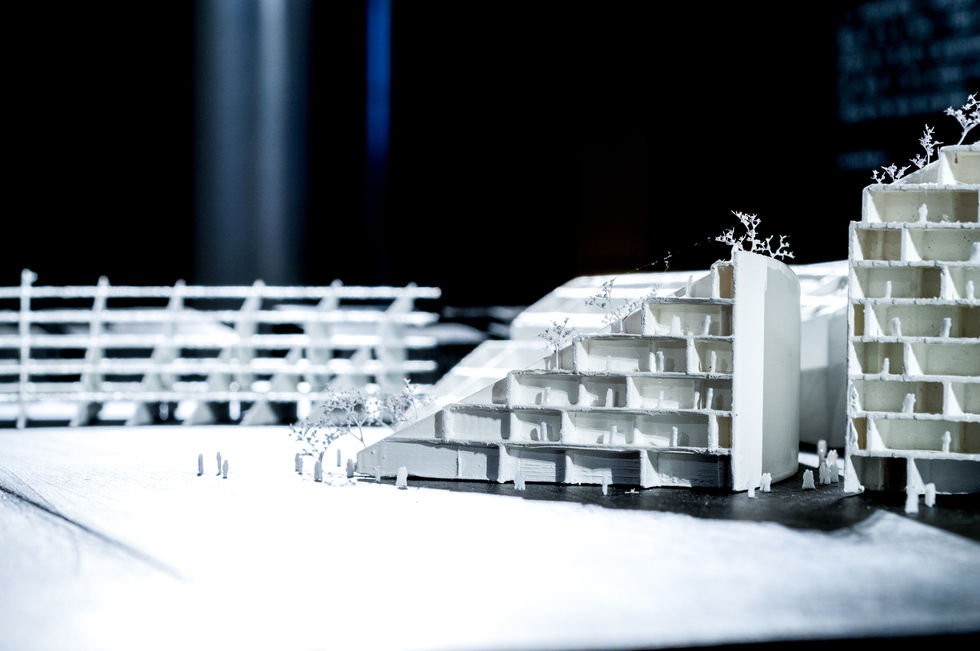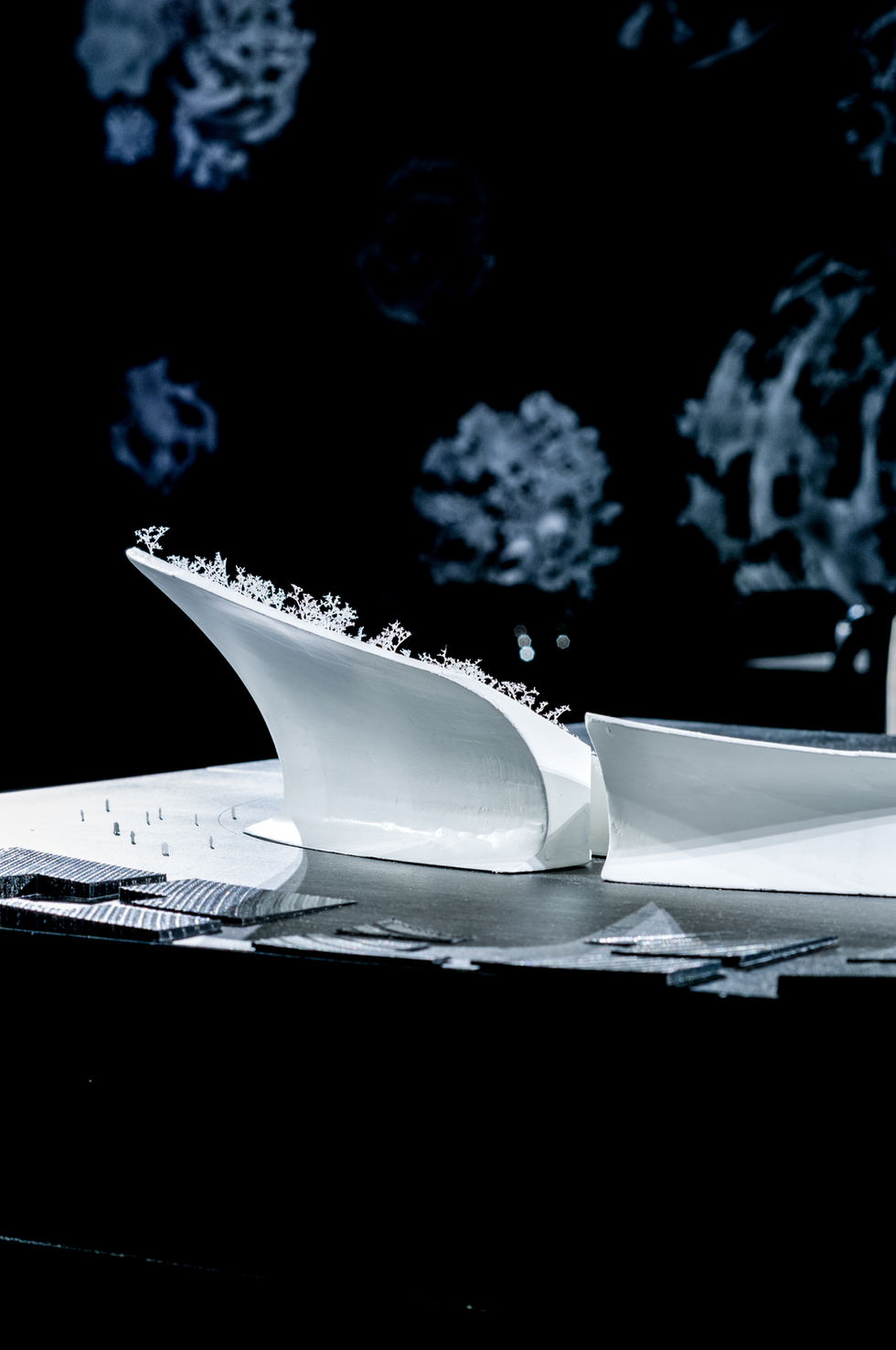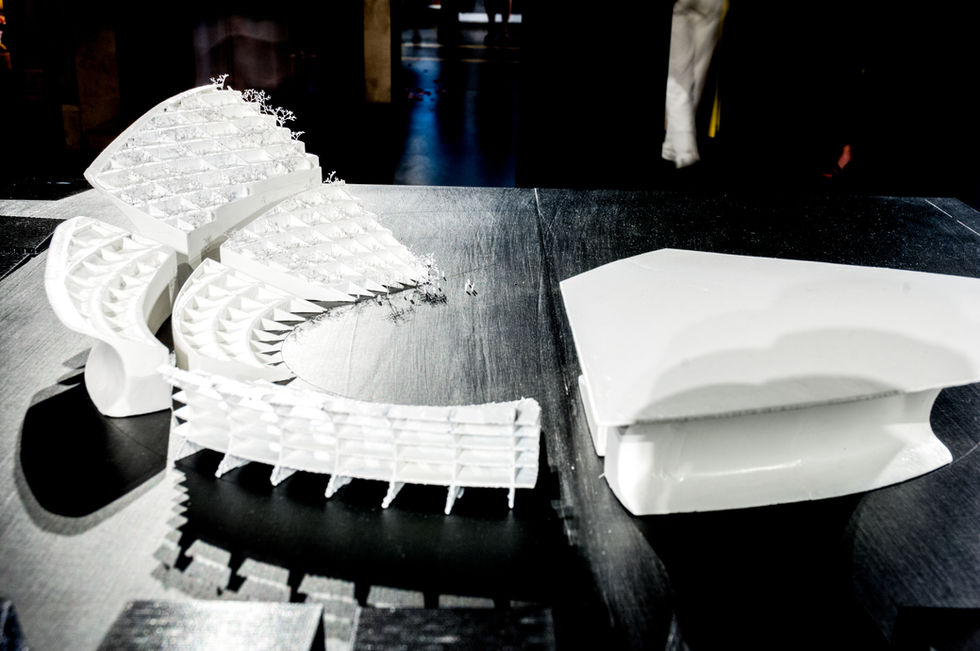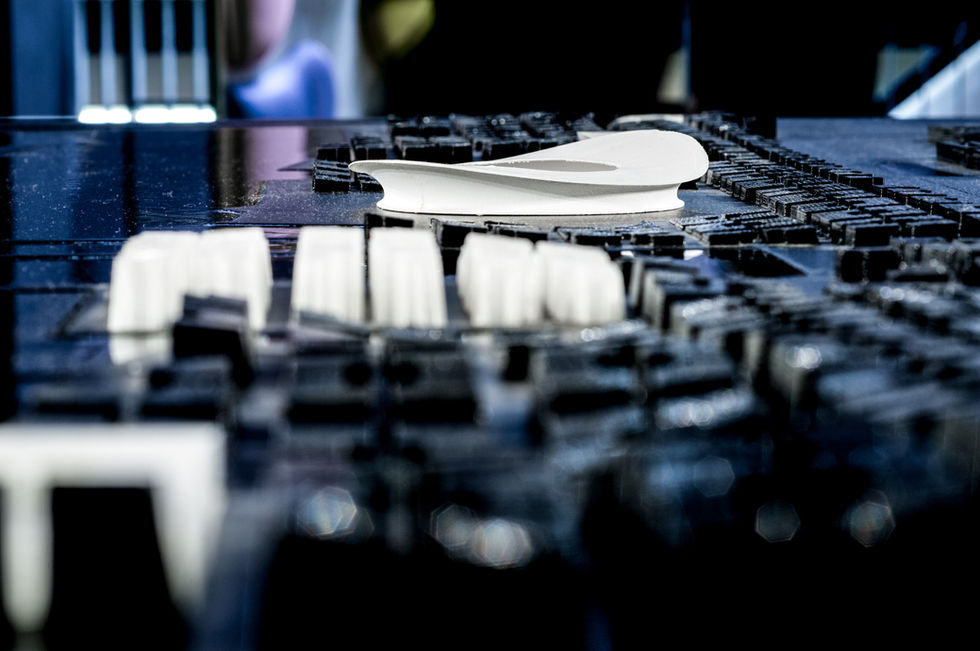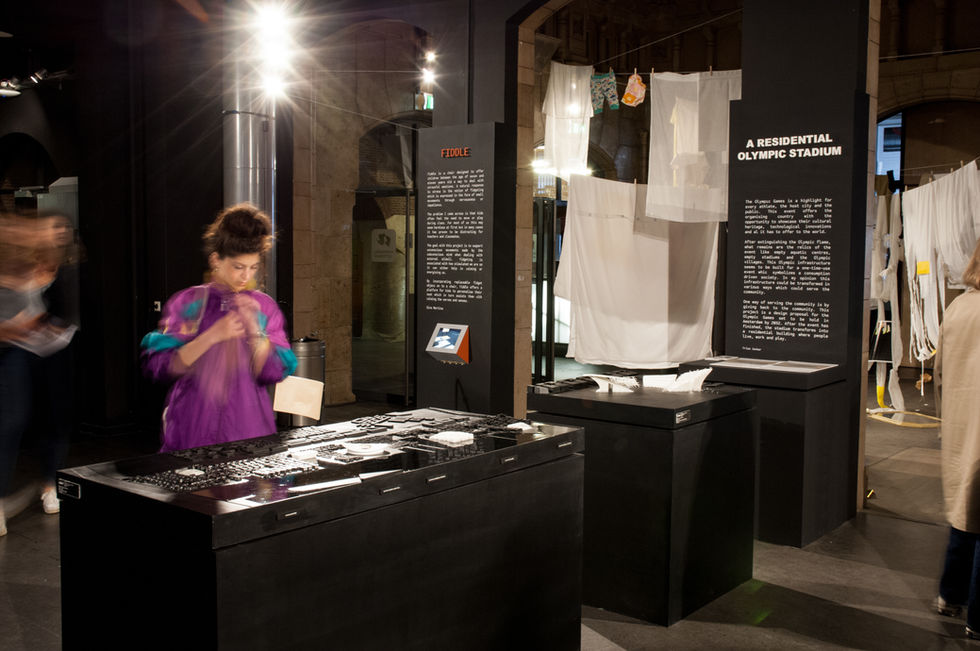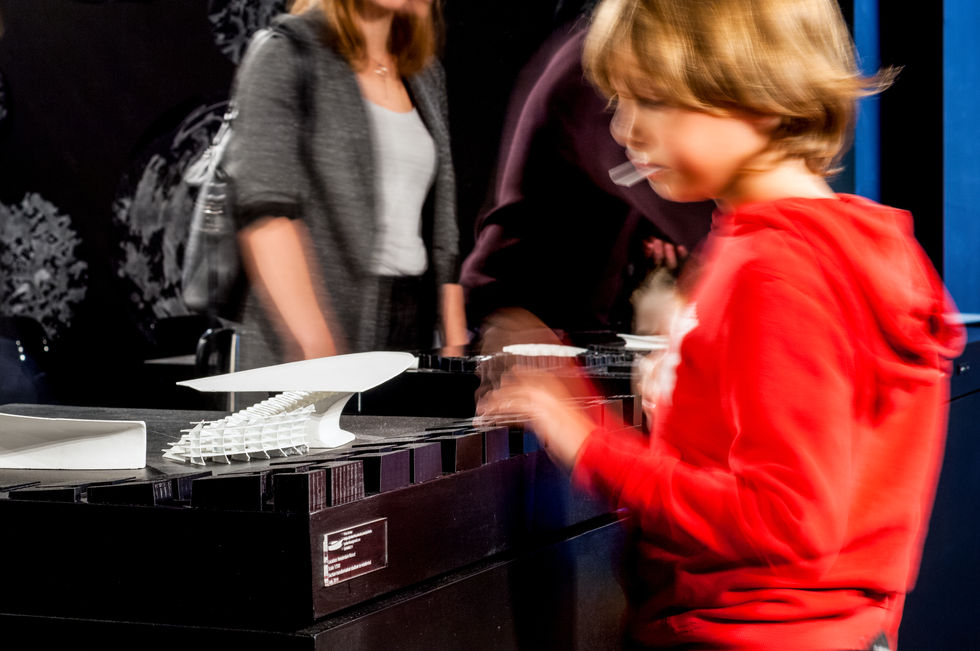A residential Olympic Stadium


The Olympic Games are a highlight for every athlete, the host city and the public. The event offers the organising country with the opportunity to showcase their cultural heritage, technological innovations and all it has to offer to the world. The stadiums that house these spectacles become a symbol of national pride and sense of community.
After extinguishing the Olympic flame, what remains are the relics of the event like empty aquatic centres, empty stadiums and the Olympic villages. This Olympic infrastructure seems to be built for a one-time-use event which symbolizes a consumption driven society. In my opinion this infrastructure can be transformed in various ways which could serve the community and could be effective in reducing urban sprawl and environmental impact.
My project is a design proposal for the Olympic Games set to be held in Amsterdam by 2032. After the event, the Olympic Stadium transforms into a residential building. By focusing on the long-term-model, instead of the short-term-model, it is possible to transform this Olympic infrastructure into a permanent sustainable living and working area. By converting an existing structure within a site, the energy required to create these spaces is lessened. It could also connect the two districts of Amsterdam, now separated by the water, connect with each other.
Sports can truly be a connecting factor in the social field. Holding the Olympic Games in the heart of Amsterdam and putting the connection between the people and the event first should be the primary objective. This would mark the transformation of Amsterdam into a vibrant city where people can combine living and working with sports and playing.

